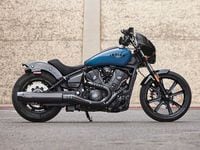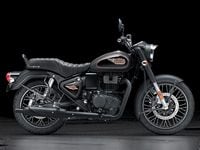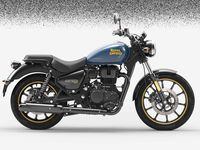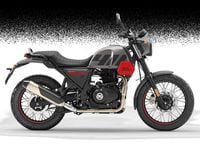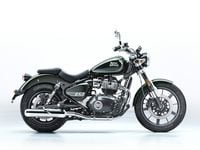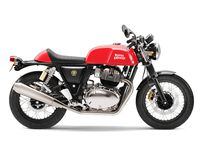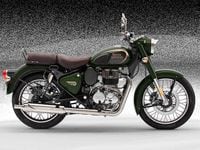Your kids Dora the Explorer sleeping bag will win you the irony award, but it won’t cut it in the cold grips of the night. The term of “you get what you pay for” was probably penned by someone who spent the night in a shitty sleeping bag.
You have 2 standard choices when it comes to insulation; synthetic or down. Down filled bags bag will be lighter and easy to compress smaller for space economy, but more susceptible to wet weather than a synthetic filled bag. Down loses most of its insulation capacity when wet, synthetics don’t. Synthetic bags are usually cheaper but do not last as long. But you can pay a few extra bucks and get the best of both worlds buy purchasing a bag with the new waterproof treated down.
Choose a bag rated for the coldest temperature you expect to encounter. Bag temp ratings are at the lowest temperature that will keep the average person comfortable. One of the most important factors to think about when choosing a bag is the temperature range and environments you will be regularly sleeping in. The manufacturer will provide you with a heat rating of temperature ratings. Manufacturers are quick to point out these ratings are meant as a guide, not a guarantee. Many companies have adopted the European Norm (EN) test process that provides a standardized laboratory test for all sleeping bags so consumers can make relative comparisons of the insulating value of different bags. Not all companies have adopted this system.
Sleeping pads temperature range is usually measured buy it’s R-value, which is the amount of insulation the pad offers. The higher a pad's R-value, the better you can expect it to insulate you from cold surfaces. A strong R-value is typically between 3.5 and 4.5.
Now, let’s talk about some bags!
/cloudfront-us-east-1.images.arcpublishing.com/octane/WDMTXTJAGRWS2OTGT4EGLCTPM4.jpg)

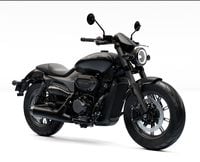




/cloudfront-us-east-1.images.arcpublishing.com/octane/3VSTLPKOHNFTRJTIAAXDPGCPA4.jpg)



